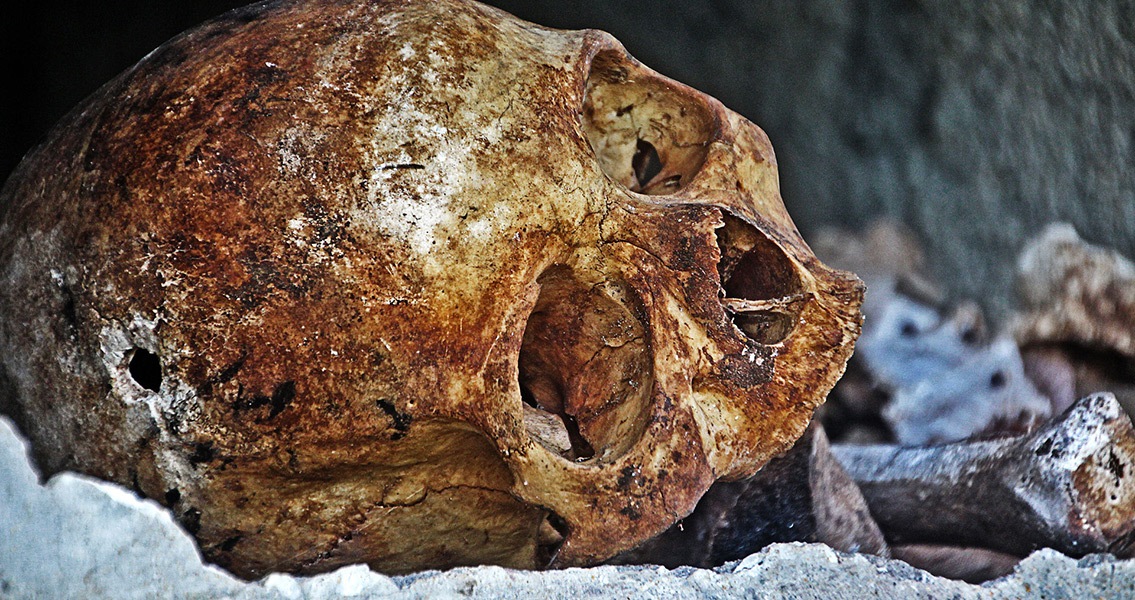<![CDATA[Three skulls found in Bolivia have revealed that torture for reasons other than religious rituals and trophy-head taking was not just an iconographic feature of the pre-Columbian cultures in the region, but a very real practice. The authors of the study, archaeologist Sonia Alkonini and bioarchaeologist Sara Becker, found three skulls, two female and one male, at a dig site called Wata Wata east of the Lake Titikaka Basin, in the Kallawaya region of the Andes, north of the capital La Paz. The skulls bore an abundance of marks that showed they had been severely mutilated. At the same time, the scientists suggest this mutilation was not part of a sacrificial ritual, in light of what is already known about such religious practices in the area and period from which the remains come, between 200 and 800 CE. The natural conclusion is that the three were murdered as part of a political transition or as a means of instilling obedience in the population. Becker and Alkonini analysed the bone remains and found marks indicating chopping, slashing and scraping of the bone, as well as blunt force trauma. One of the two female skulls bore marks of scalping and beheading but before or after this happened she had her eyes taken out with a sharp implement, as evidenced by the marks on her cheekbones. It’s unclear whether she died as a result of the beheading or before it because the scalping appears to have been carried out after her skull was fractured: an injury which may have been severe enough to be fatal. The second woman and the man most likely died of a heavy trauma to the skull inflicted with blunt objects, although both had also had their eyes gouged out. For the man, the trauma came from multiple blows, while for the woman one was apparently enough. The second woman’s skull also bore evidence of de-fleshing and her lower jaw had been removed. The researchers believe that the eye removal was most likely done before the torturer or torturers delivered the fatal blow, based on the fact that this was a frequent sort of torture among the Incas and the Moche who dominated the region between 100 and 800 CE. The reasons for such brutality are difficult to guess, as mentioned above, but one thing that the researchers are fairly certain about is that it was not part of a religious ceremony because of the extent of the violence involved. What they argue in their paper, published in Latin American Antiquity, is that the torture and subsequent death were intended to strip these individuals of any authority and influence. This conclusion is based on the fact that the heads were buried in a cache with a capstone on top, an action that has a symbolic meaning. This meaning consists in depriving the person, or persons in this case, of all power, since power was one of the things symbolised by the skull in ancient Andean cultures. Image courtesy of Wikimedia Commons user: javier Pamplona ]]>
Skulls Suggest Violence Used as a Tool of Political Control
